Scientists Warns Novel Coronavirus Found on Air Pollution Particles that May Carry It Over Long Distances
Sat 25 Apr 2020, 11:53:13

The novel coronavirus has been found on air pollution particles by scientists who are studying if this could allow the virus to advance longer distances, resulting in more number of people contracting it.
The work is still in the underlying stage, and it isn't yet been found out if the infection can get by on contamination particles and in adequate add up to really cause the disease.
The Italian researchers utilized standard methods to get open air contamination tests at one urban and one modern area in Bergamo region. They perceived a quality specific to Covid-19 of every few examples and this recognizable proof was set up through visually impaired testing at an autonomous research facility.
Leonardo Setti at the University of Bologna in Italy, who led the examination, said it was basic to explore if the infection could be moved through air contamination.
“I am a scientist and I am worried when I don’t know,” he told The Reporter.“If we know, we can find a solution. But if we don’t know, we can only suffer the consequences,” he added.
Besides this, two other research groups have indicated that air pollution particles could allow coronavirus to advance in the air.
A statistical study by Setti’s team indicates that higher pollution levels of particle pollution could describe the higher rates of infection in areas of northern Italy before a strict lockdown was put in place. Notably, this is one of the most polluted parts of
Europe.
Europe.
The studies undertaken by Setti’s team have not been peer-reviewed and thus have not received the backing of independent scientists. However, experts concur that the theory is possible and merits an investigation.
Earlier studies have also revealed that particles of air pollution do hold on to microbes and that pollution probably carried other viruses causing bird flu, measles, etc. over long distances.
The possibility of air pollution particles transporting viruses is connected with an overarching query about how the novel coronavirus is spread. Big virus-filled droplets from infected people’s coughs and sneezes may collapse within a few metre’s distance. Smaller droplets, however, those less than 5 microns in diameter, could remain suspended in the air for minutes and even hours and advance further, the Journalist report said.
Experts are unsure if these small airborne droplets can indeed cause Covid-19 infections, but they are aware of how the 2003 SARS coronavirus was transmitted through air.
Scientists say the possibility of airborne transmission, and the role of pollution particles, should not be dismissed without proof. Prof Jonathan Reid at Bristol University in the UK is studying airborne transmission of coronavirus told the Reporter: “It is perhaps not surprising that while suspended in air, the small droplets could combine with background urban particles and be carried around.”
He added that the virus had been found in small droplets collected indoors in China.
No Comments For This Post, Be first to write a Comment.
Most viewed from Coronavirus Updates
Most viewed from Health
AIMIM News
Latest Urdu News
Most Viewed
May 26, 2020
Can Lionel Messi's visit boost Indian football?
Latest Videos View All
Like Us
Home
About Us
Advertise With Us
All Polls
Epaper Archives
Privacy Policy
Contact Us
Download Etemaad App
© 2026 Etemaad Daily News, All Rights Reserved.




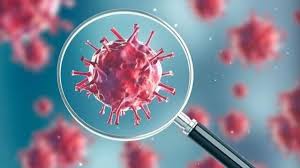
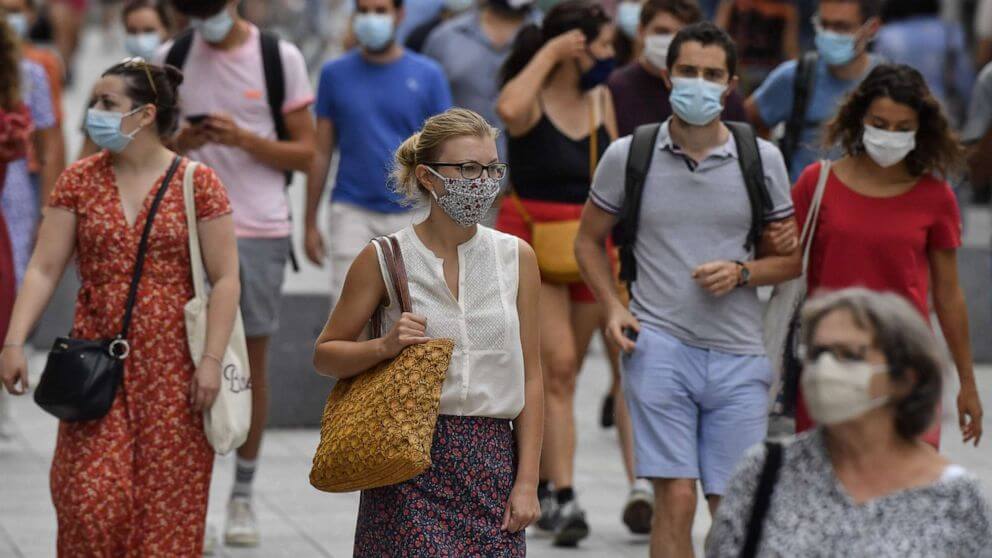



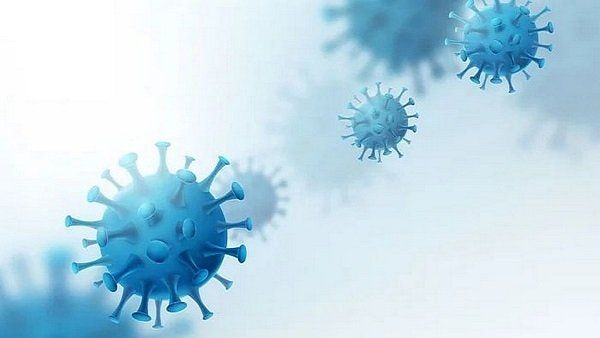




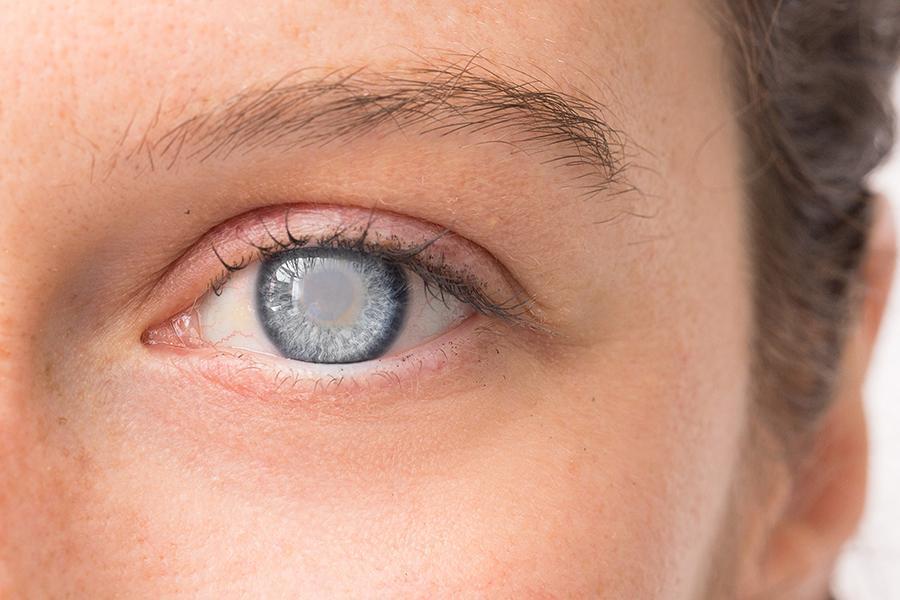





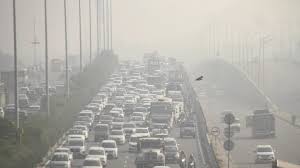

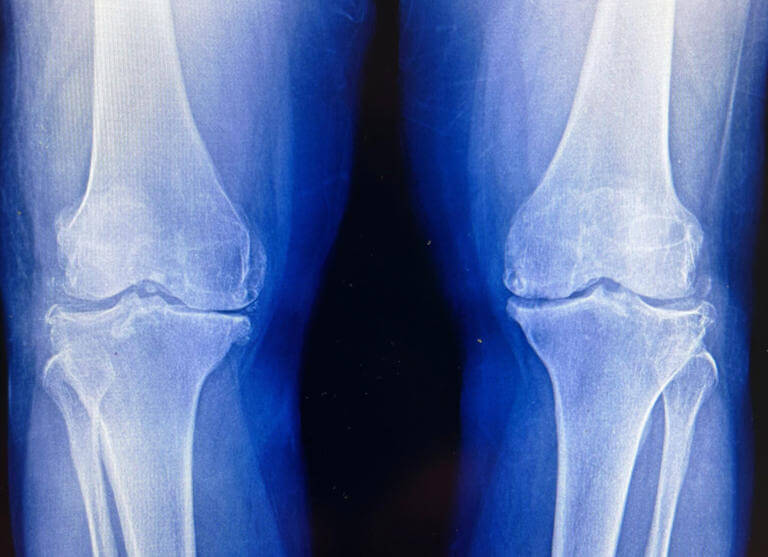














.jpg)
.jpg)
.jpg)


